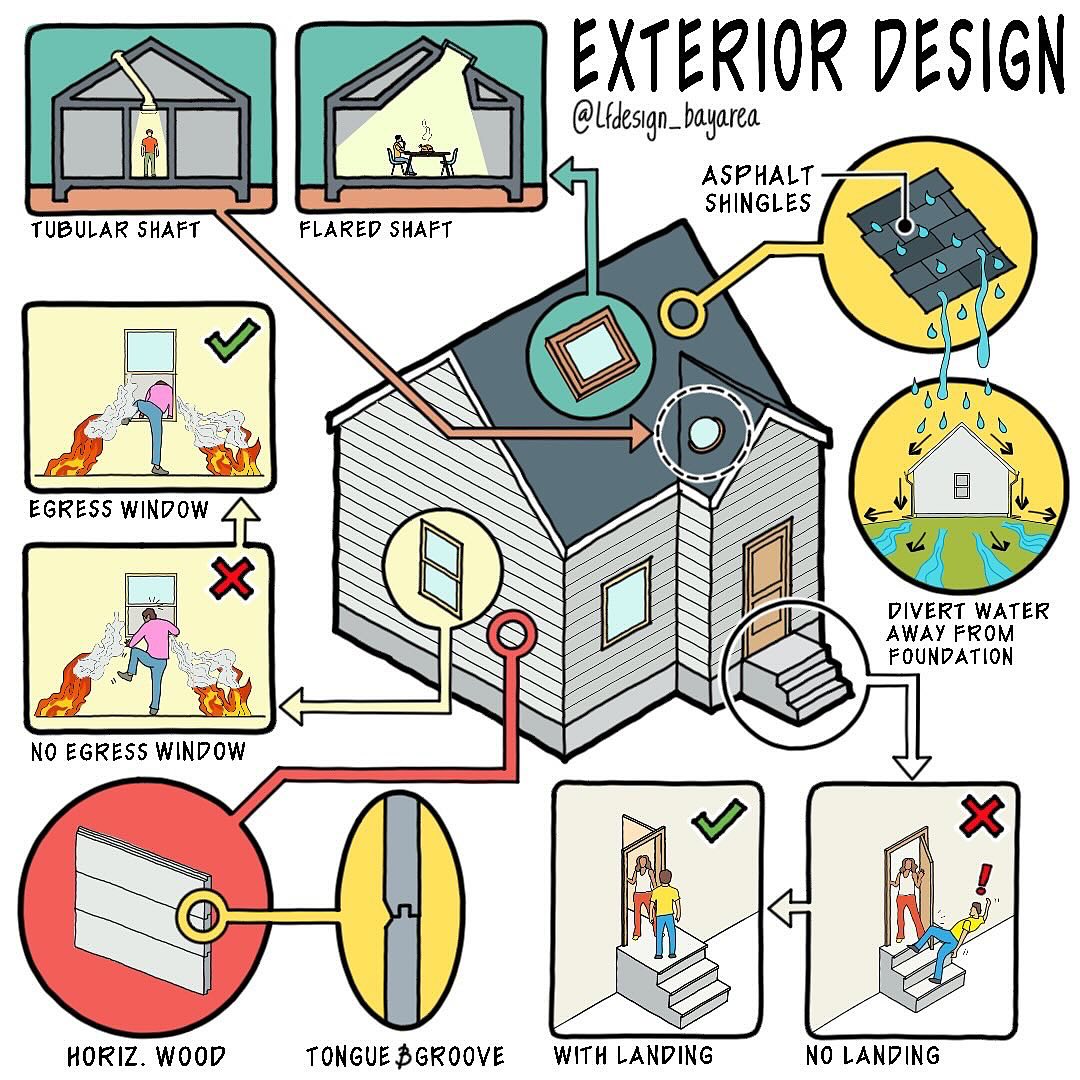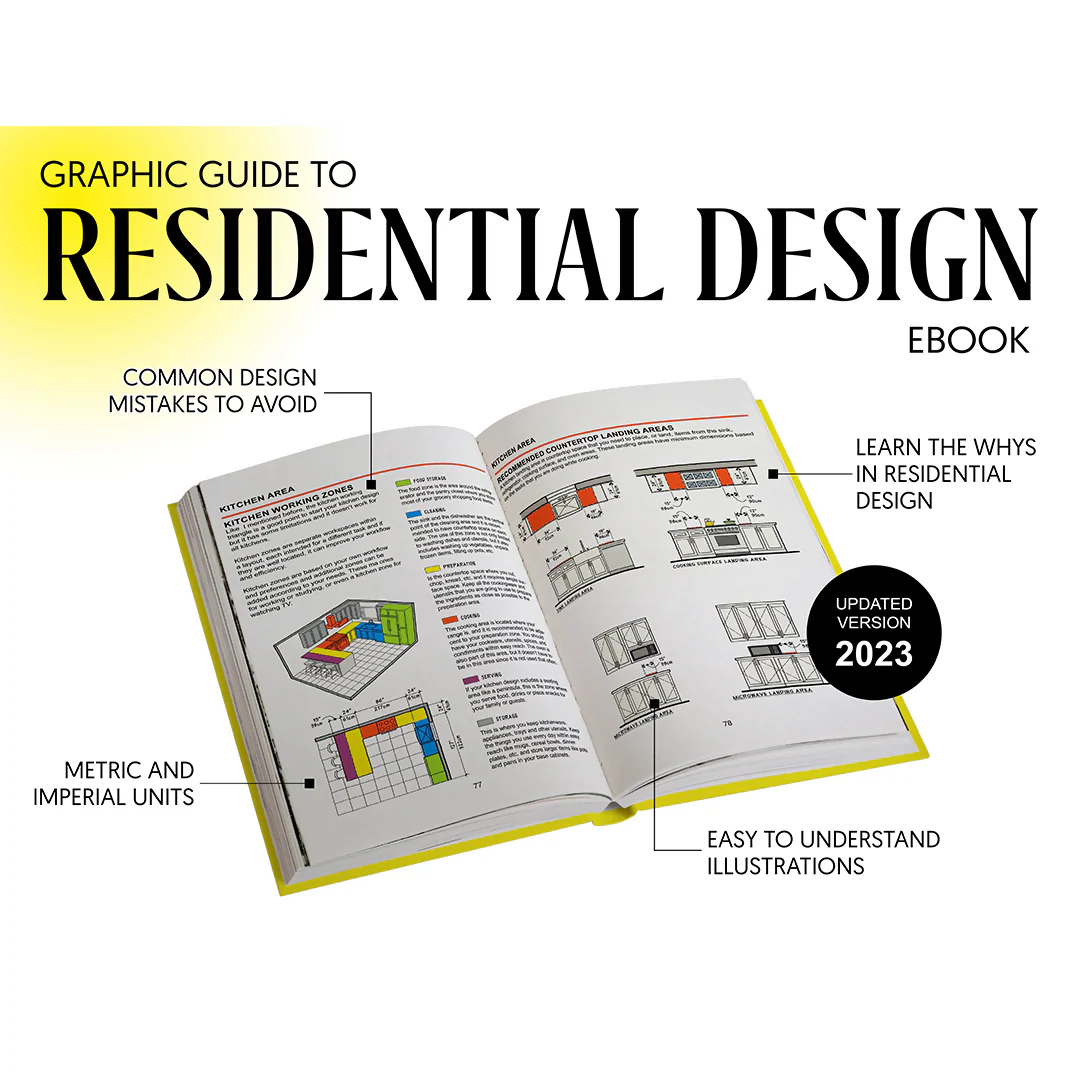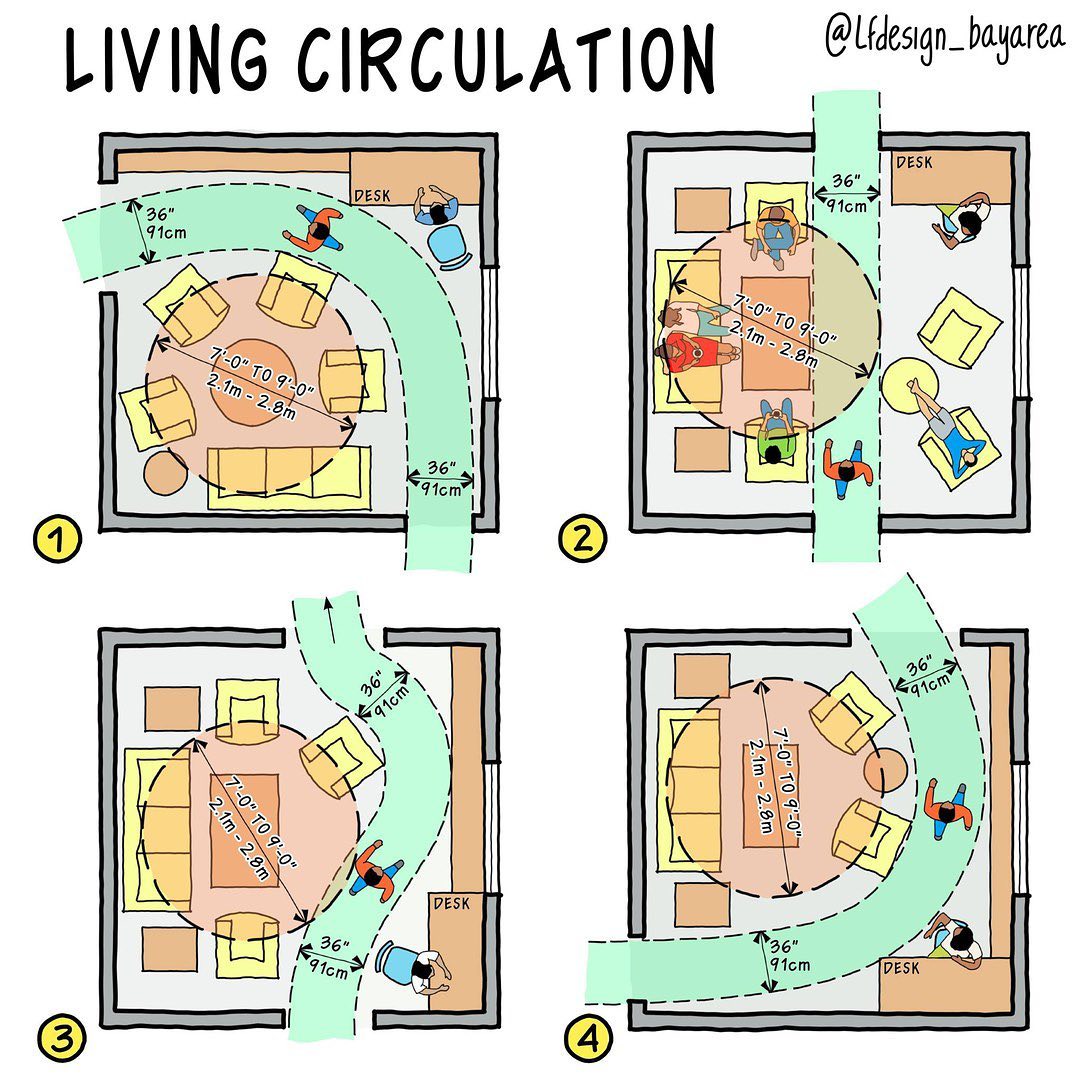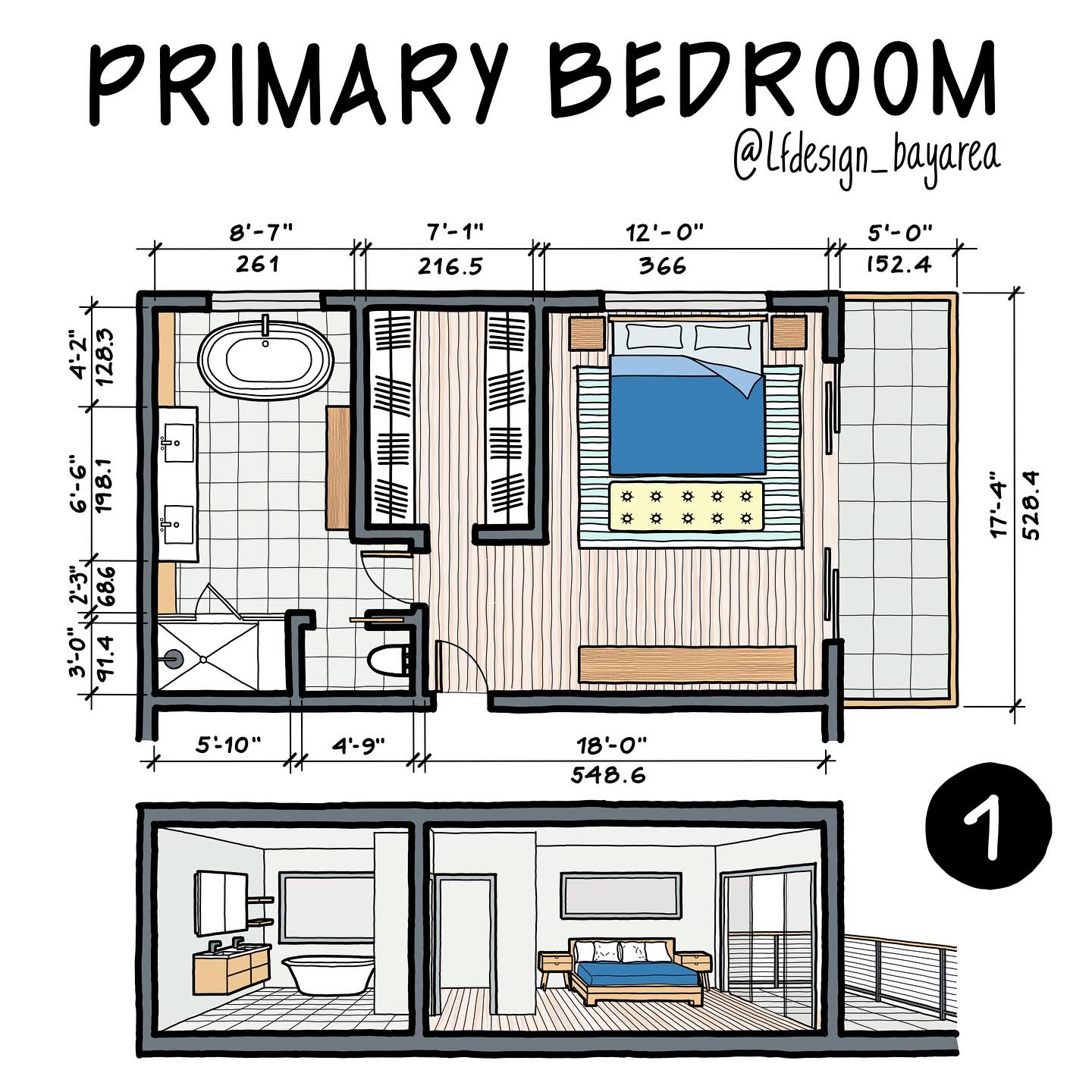Luis Furushio’s journey reminds us that creativity often flourishes in moments of uncertainty and change. From starting over in a new country to becoming a global voice in architectural education, his story shows the power of persistence, clarity, and a genuine desire to share knowledge. Through his illustrations, e-books, and educational content, he has created a bridge between design professionals and the wider public, proving that architecture doesn’t have to feel distant or difficult to understand. His story is a reminder that success often grows from persistence, clarity, and a genuine passion for helping others learn. By combining artistry with empathy, Luis continues to inspire a new generation of designers to communicate their ideas with confidence, simplicity, and heart.
- Home
- Articles
- Architectural Portfolio
- Architectral Presentation
- Inspirational Stories
- Architecture News
- Visualization
- BIM Industry
- Facade Design
- Parametric Design
- Career
- Landscape Architecture
- Construction
- Artificial Intelligence
- Sketching
- Design Softwares
- Diagrams
- Writing
- Architectural Tips
- Sustainability
- Courses
- Concept
- Technology
- History & Heritage
- Future of Architecture
- Guides & How-To
- Art & Culture
- Projects
- Interior Design
- Competitions
- Jobs
- Store
- Tools
- More
- Home
- Articles
- Architectural Portfolio
- Architectral Presentation
- Inspirational Stories
- Architecture News
- Visualization
- BIM Industry
- Facade Design
- Parametric Design
- Career
- Landscape Architecture
- Construction
- Artificial Intelligence
- Sketching
- Design Softwares
- Diagrams
- Writing
- Architectural Tips
- Sustainability
- Courses
- Concept
- Technology
- History & Heritage
- Future of Architecture
- Guides & How-To
- Art & Culture
- Projects
- Interior Design
- Competitions
- Jobs
- Store
- Tools
- More
Inspirational Stories #10: Luis Furushio
The 10th edition of our Inspirational Stories series highlights Luis Furushio, a Peruvian architect and illustrator who transformed his challenges into creativity. From starting over in the U.S. to founding his own design practice, Luis uses illustration to make architecture more understandable and inspiring for all.

We’re continuing our Inspirational Stories series with its 10th edition, where we spotlight architects, illustrators, and creators who inspire the design community with their unique journeys and creative visions.
In this article, we are honored to feature Luis Furushio, an architect and illustrator whose story is all about resilience, reinvention, and the power of visual storytelling. Luis began his career as a young architect but had to completely rebuild his professional path after moving to the United States. Through his experience as a residential designer, Luis realized how many people like homeowners, students, even professionals struggled to fully understand architectural drawings. Guided by his natural ability to think visually, he began creating clear and engaging illustrations to explain complex ideas in simple ways. What started as a way to communicate with clients soon grew into a global platform, where his drawings inspire and educate thousands online. In the following article, Luis shares how this creative path led him to develop his own visual language, publish educational eBooks and make architecture more accessible and enjoyable for everyone.

Table of Contents
ToggleDear Luis, how do you describe your architectural journey as an author and architectural illustrator?
I started as a young architect in Peru, but when I moved to the United States I had to rebuild my entire career from the ground up. My first job was at Burger King, working as a cashier, and little by little I found my way back to architecture. I began with small drafting jobs, then assisted on residential projects, and eventually built my own design practice.
Working as a residential designer in the San Francisco Bay Area taught me how homeowners, students, and even contractors often feel lost when trying to read drawings or discuss design decisions. I have always been a visual thinker, so I began creating simple and engaging illustrations to explain complex concepts. I first shared them with my clients, but when I started posting these visuals on Instagram the response was immediate and far beyond what I expected. People from around the world, including homeowners planning remodels, students learning design, and other professionals, connected with the clarity and playfulness of the drawings.
Over time, those sketches evolved into a unique visual language that makes architecture more accessible and enjoyable to learn. This passion for clear and beautiful communication eventually shaped my work as an author and illustrator, helping me share residential design knowledge with a much wider audience.

What led you to start creating architectural content beyond traditional practice? Was there a moment that sparked this shift?
It happened slowly, but there was a clear turning point: I noticed the same design mistakes and confusion repeating with almost every new client. Instead of explaining one by one, I started sharing small illustrated tips on Instagram. The response was huge. People asked for more, homeowners trying to remodel, students hungry for clarity, even other architects who found the visuals refreshing. That interaction pushed me to think beyond private projects and create educational content.

How did your journey into writing e-books begin? What motivated your first publication?
My first book, Graphic Guide to Residential Design, came from wanting to give clients and students something practical and beautiful, a reference full of drawings that felt friendly and accessible. I self-published it, unsure if anyone would care. It turned out thousands of people did. The sales and feedback were beyond what I expected, proving there was a real appetite for visual, approachable residential design knowledge.

What’s your creative process like — from idea to a finished e-book? How do you shape your content to engage and inform?
It always starts with a problem I see people struggle with, kitchen flow, stair safety, bathroom privacy, ADUs. I sketch first, exploring how to make the idea visually clear and maybe a little fun. Then I write short, direct text to support the drawings. I refine layouts in InDesign, making sure each page teaches at a glance and invites you to keep reading. My goal is clarity and usefulness without losing personality.

Why do you think your e-books resonated with such a wide audience? Was there a specific gap or need you aimed to fill?
Most architecture content is either too technical for homeowners or too simplified for professionals. My books hit the middle: they’re technically sound but friendly, colorful, and easy to digest. People feel they’re learning from someone who’s been through the trenches but is also willing to make the subject fun. That filled a gap, practical residential design explained visually and without pretension.

What advice would you give to architects who want to share their voice through content creation?Where should they begin?
Begin with what you wish someone had explained to you when you were learning or what you explain to clients every day. Share that clearly and consistently, one idea at a time. Start small, an Instagram post, a blog entry, a short PDF. Test how people respond, refine your style, and let your personality show. Don’t wait for perfection. Consistency and authenticity build an audience faster than polished perfection, and you can improve your content over time.
- architects who inspire
- architectural drawings explained
- architectural education
- architectural illustration
- architectural reinvention
- architecture and creativity
- architecture and passion
- architecture career journey
- architecture communication
- architecture storytelling
- creative architects
- design inspiration series
- graphic architecture guide
- illustrator architect
- inspirational architect stories
- Luis Furushio
- Peruvian architect
- Residential Design
- visual communication design
- visual storytelling in architecture
Submit your architectural projects
Follow these steps for submission your project. Submission FormLatest Posts
Inspirational Stories #14: Fran Silvestre Arquitectos
In the 14th edition of our Inspirational Stories series, Fran Silvestre Arquitectos...
Inspirational Stories #13: Studio Transit
Studio Transit’s story is a powerful example of how research, collaboration, and...
Inspirational Stories #12: Ekaterina Andryukhina (Sketch1story)
In this edition of Inspirational Stories, illustrator Ekaterina Andryukhina (@sketch1story) discusses her...
Inspirational Stories #11: Paulo Lousinha / Lousinha Arquitectos
In this edition of Inspirational Stories, we welcome Portuguese architect Paulo Lousinha...












Leave a comment